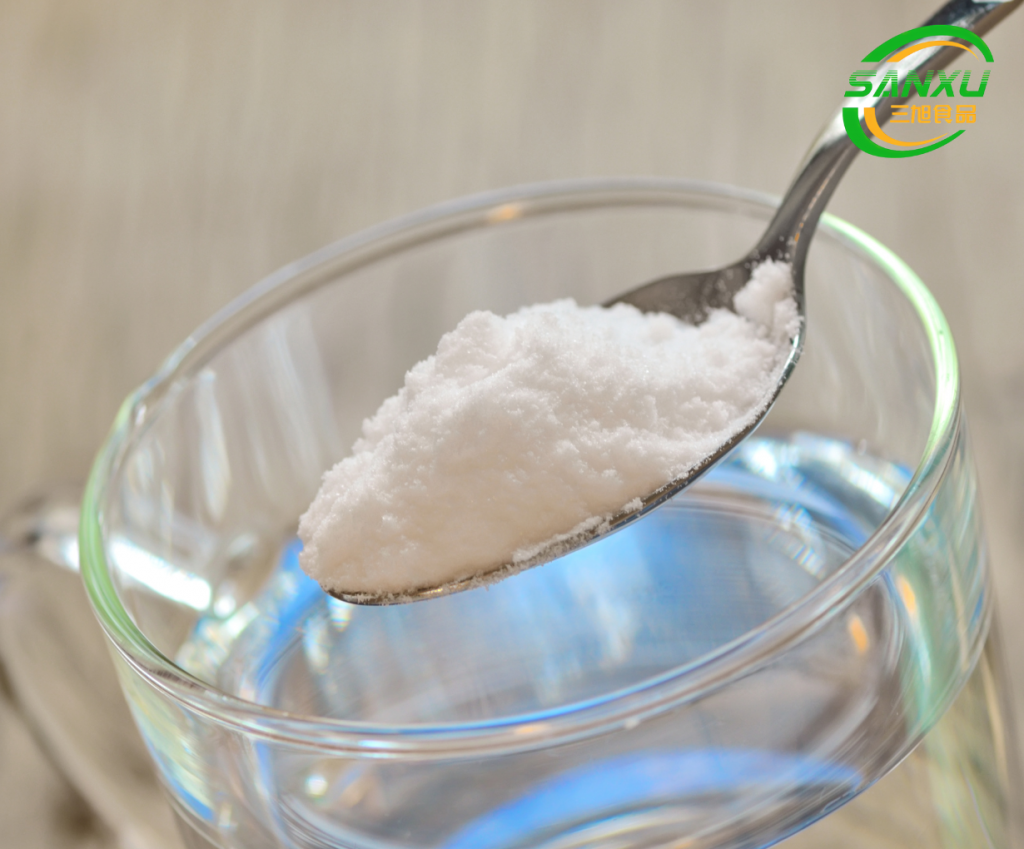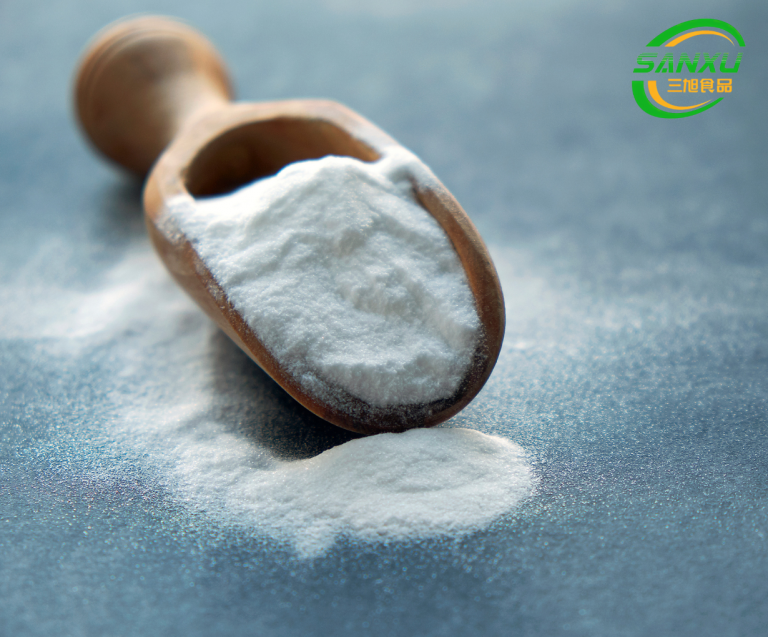Whatsapp:+8613375668511 Email: [email protected]
What is Benzoic acid?
Benzoic acid is an organic compound with the chemical formula C6H5COOH. It is a colorless crystal that is naturally produced in small quantities by some plants and is also synthesized for various industrial uses. Here are some key points about benzoic acid:
1. **Natural Occurrence**: It occurs naturally in certain fruits, such as cranberries and plums, where it serves as a preservative.
2. **Preservative**: Benzoic acid and its salt, sodium benzoate, are widely used as food preservatives to prevent the growth of mold, yeast, and some bacteria.
3. **Flavoring Agent**: It is also used as a flavoring agent in some foods and beverages, particularly in the production of certain types of artificial flavors.

4. **Pharmaceuticals**: Benzoic acid is used in the pharmaceutical industry as a starting material for the synthesis of various drugs.
5. **Disinfectant**: It has antimicrobial properties and can be used in some disinfectant products.
6. **Regulatory Status**: It is recognized as safe for use in food by regulatory agencies such as the U.S. Food and Drug Administration (FDA) and is approved for use in many countries, typically within specified limits.
7. **Industrial Applications**: Beyond food and pharmaceuticals, benzoic acid is used in the production of dyes, plastics, and resins.
8. **Environmental Considerations**: Benzoic acid is biodegradable and does not accumulate in the environment, but its use and disposal should still be managed responsibly.
9. **Health and Safety**: While it is generally recognized as safe in the amounts used as a food preservative, high doses can cause adverse effects. It can also cause allergic reactions in some individuals.
10. **Storage**: Benzoic acid should be stored in a cool, dry place, away from strong oxidizing agents.
11. **Synthetic Production**: It is often produced industrially through the Kolbe-Schmitt reaction, which involves the reaction of sodium phenoxide with carbon dioxide under pressure.
Benzoic acid is a versatile compound with a wide range of applications, but its use must be in accordance with the regulations and guidelines set by food safety authorities to ensure the safety and well-being of consumers.




